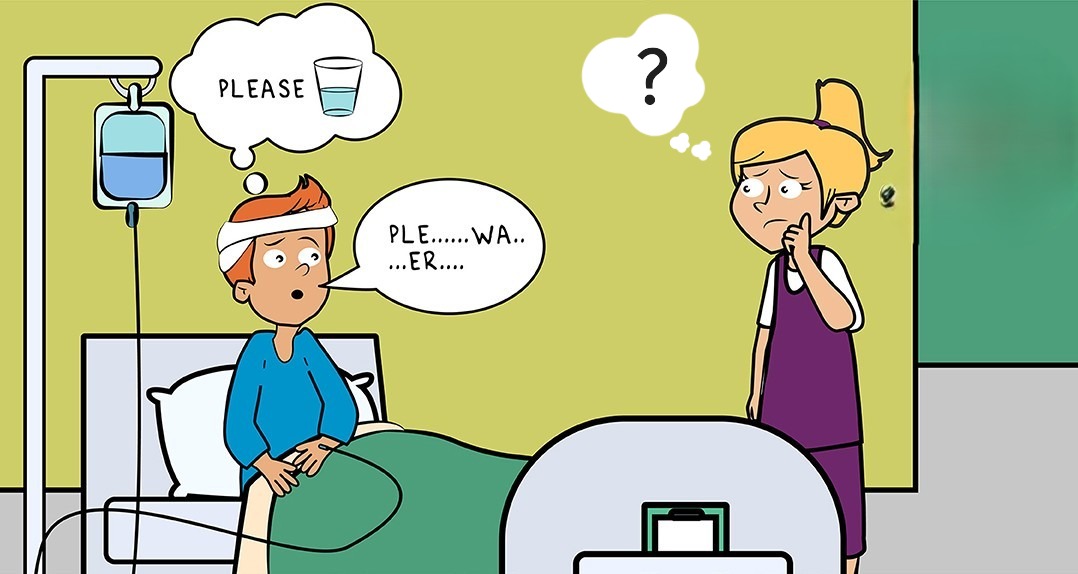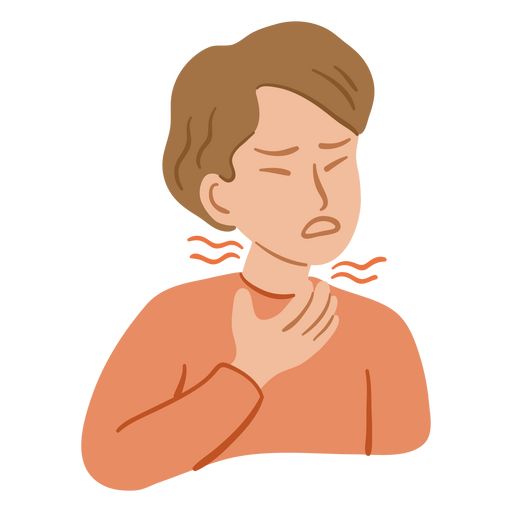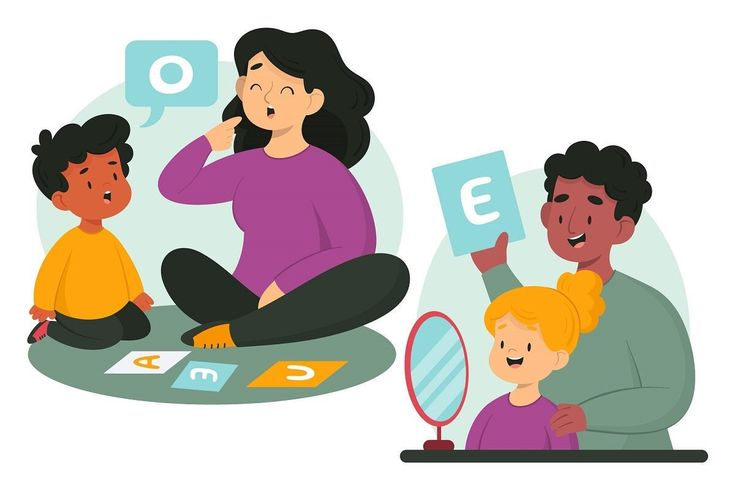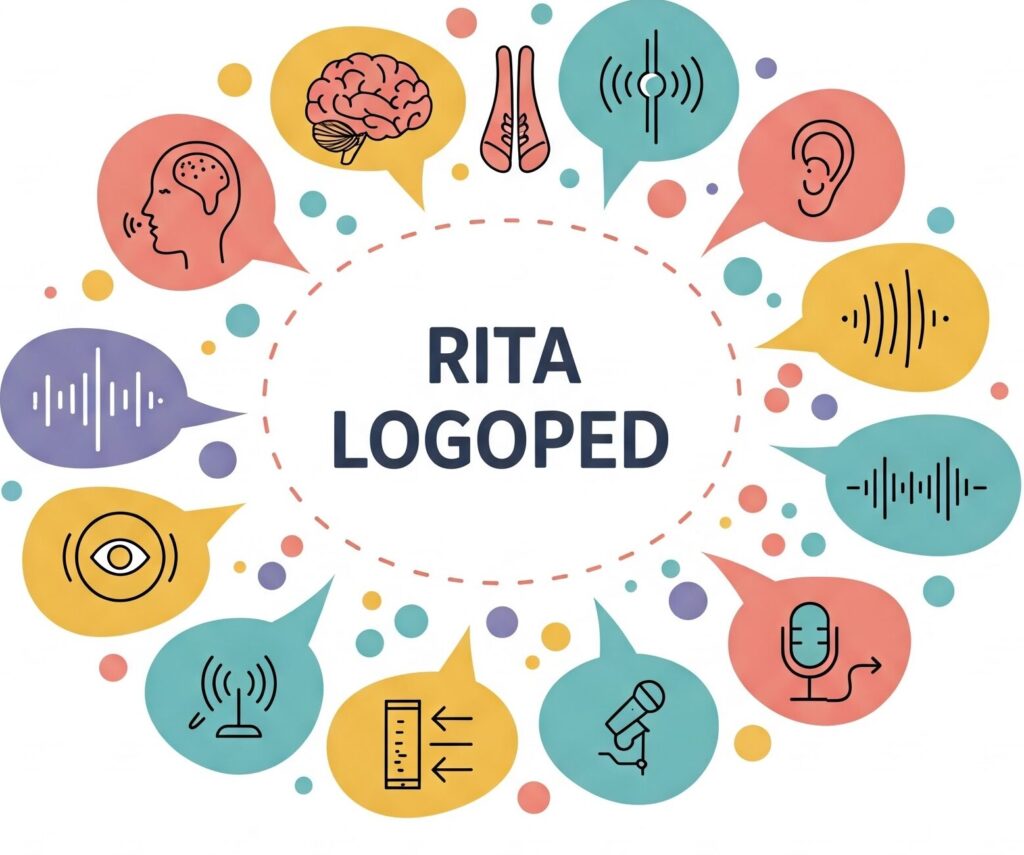Clinical Services


Acquired language Disorders
Acquired language disorders refer to difficulties with language, speech, communication, and swallowing that develop after a person has experienced a period of normal function. These challenges often arise from illnesses, injuries, or neurological conditions that affect the brain or nervous system, such as stroke, traumatic brain injury, Alzheimer’s disease, or Parkinson’s disease. The severity and nature of these difficulties can vary widely.
Acquired disorders include:
Aphasia: Language difficulties caused by brain damage, often following a stroke or traumatic brain injury.
Apraxia of Speech: Difficulty in planning and coordinating speech movements despite having intact muscle function.
Dysarthria: Motor speech difficulties due to impaired muscle control, often associated with neurological conditions such as Parkinson’s disease, Multiple Sclerosis (MS), or Amyotrophic Lateral Sclerosis (ALS).
Cognitive-Communication Disorders: Language and communication challenges that relate to cognitive impairments following brain injury or dementia.
Dysphagia: Swallowing difficulties that can affect both the safety and efficiency of eating, often linked to neurological conditions or brain injuries.
Dystonia: This condition can impact voice quality and cause involuntary muscle movements in the laryngeal area. This clearer structure and language ensure that the information is presented effectively and accurately.

Voice Disorders
Voice disorders occur when the quality, pitch, or loudness of a person’s voice deviates from what is typical for their age, gender, or cultural background. A voice disorder may be present if an individual experiences difficulties using their voice effectively in daily life, even if these difficulties are not noticeable to others.
Voice disorders are classified into two categories: organic and functional.
Organic Voice Disorders: These result from physical or neurological changes in the larynx or vocal mechanism. They can be further divided into:
Structural Voice Disorders: These involve changes in the vocal folds, such as vocal nodules, polyps, or age-related alterations.
Neurological Voice Disorders: These are issues that affect the nervous system and impact voice production, such as spasmodic dysphonia, vocal tremor, or vocal fold paralysis.
Functional Voice Disorders: These occur when the voice mechanism is used inefficiently, even though the anatomical structures appear normal. Examples of functional disorders include vocal fatigue, muscle tension dysphonia, diplophonia, and ventricular phonation.

Developmental Language Disorder (DLD)
Developmental Language Disorder (DLD) is a lifelong condition that affects a person’s ability to understand and use language. It is not caused by hearing loss, intellectual disability, or neurological conditions but rather by differences in how the brain processes language. DLD can impact both spoken and written language, making communication, learning, and social interactions more challenging.
Characteristics of DLD:
- Difficulty understanding spoken or written language
- Challenges with forming sentences and using correct grammar
- Limited vocabulary and trouble finding the right words
- Struggles with storytelling, conversation, and social communication
- Difficulties with reading and writing skills
DLD varies in severity and can affect individuals differently. Early identification and tailored speech and language therapy can help improve communication skills and support academic and social development.

Fluency Disorders
Fluency disorders are characterized by difficulties in the natural flow of speech. These can manifest as unusual speech rates, rhythms, and disruptions such as repetitions and sound prolongations. Individuals experiencing fluency disorders may also exhibit tension, avoidance behaviors, struggle behaviors, and secondary characteristics.
Types of Fluency Disorders:
Stuttering (Stammering): This is the most common fluency disorder. It is marked by repetitions of sounds or words, prolongation of consonants, and speech blocks, where the speaker may experience silent pauses or difficulty initiating sounds.
Cluttering: This fluency disorder is characterized by rapid or irregular speech, atypical pauses, disruptions in speech flow, syllable omissions, and difficulties with language formulation. These issues can lead to reduced clarity and fluency in speech. Speech therapy can be beneficial for individuals with fluency disorders, as it provides strategies to improve speech rhythm, ease of communication, and overall confidence.

Dysphagia (Swallowing Disorders)
Dysphagia is the term used to describe difficulty swallowing, which can occur due to issues with the throat or esophagus—the tube that carries food and liquids to the stomach. Some individuals may have trouble with certain foods or drinks, while others may be completely unable to swallow. Although dysphagia can affect people of all ages, it is most commonly seen in older adults, infants, and individuals with neurological or nervous system disorders.
Signs of Dysphagia:
- Coughing or choking while eating or drinking – Food regurgitation, sometimes through the nose
- A sensation of food getting stuck in the throat – A wet or gurgly voice during meals Additional symptoms may include drooling, difficulty chewing, weight loss, dehydration, and recurrent chest infections.
Dysphagia can arise from a variety of medical conditions, including: Stroke, traumatic brain injury, spinal cord injury, dementia, Parkinson’s disease, Multiple sclerosis, cancer, muscular dystrophy
Speech and language therapy plays a crucial role in managing dysphagia by providing assessment, treatment strategies, and exercises to improve swallowing safety and efficiency.

Gender Incongruence
Gender incongruence occurs when an individual’s assigned sex at birth does not align with their gender identity. This misalignment can lead to discomfort, particularly if the individual feels that their voice does not reflect their true identity. As a result, many may seek to modify their vocal characteristics and communication style.
Gender-affirming voice therapy provides support to individuals in aligning their voices with their gender identity, helping to alleviate gender dysphoria and promote authentic self-expression. The therapy addresses various aspects of voice and communication, including resonance, pitch, intonation, volume, and articulation.
At Rita Logoped, the aim of gender-affirming voice training is to assist individuals in developing a voice that feels both natural and true to themselves. This process is not about conforming to societal norms of gender expression, but rather about empowering individuals to express their gender in a manner that feels authentic and comfortable.
